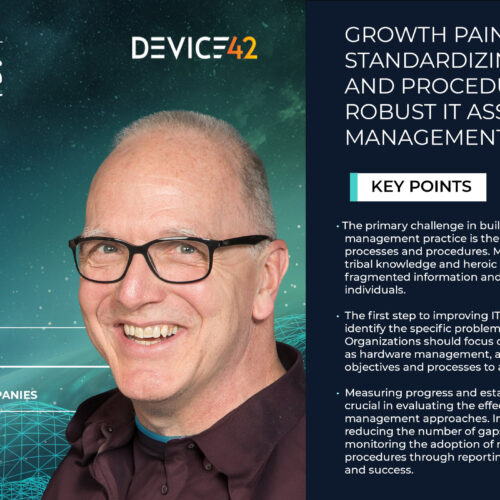
There are many reasons why you may have been backing your data up to a private cloud. Primarily, you might have simply started your disaster recovery program and never migrated away. You might also have sensitive data that must be backed up on-site—and rather than splitting your data into two parts, one sensitive and one not, you might have backed up all your data on-site for the sake of convenience. Lastly, you might already be utilizing a public cloud, but you might not be pursuing disaster recovery (DR).
Unfortunately, events may now be forcing you to migrate your DR plan to a public cloud. If your state or your employer is cautious about reopening, then you may have had to curtail your in-person visits to the data center. Absent a remote management system, you may not have a good way to check that your backups are proceeding according to plan. Even if you’re already using a public cloud, recent events have shown that the infrastructure we rely on may be more precarious than we thought. It’s good to be prepared.
No matter what, public cloud-based disaster recovery has now become an urgent priority. You now need to switch gears and start working on DR in the cloud, thus reclaiming detailed and granular control over your backup systems.
It’s Not Too Late to Start a Public Cloud DR Program
Gartner has predicted that in 2020, 90 percent of companies would be pursuing disaster recovery and business continuity in the cloud. If you’re currently in the minority, it’s not too late to start. Public cloud vendors have made it possible to safely, rapidly, and effectively migrate your DR program to the cloud.
Creating a cloud backup program takes just a few simple steps. First, purchase a cloud volume and then designate it as a failover cloud. Next, take a backup of your private cloud, and then upload it to your public cloud volume. You now have the embryo of a public cloud DR program.
The Public Cloud Provides Options for Faster and More Granular Backup
Even if all you do is the above, you’ll still have a fairly robust disaster recovery strategy. The data will be stored offsite, it will be completely visible to you, you can eliminate some costly onsite storage, and you can quickly expand your footprint if you need to backup more data.
On the other hand, what you may find is that this approach doesn’t provide you with the responsiveness you need. Because your data isn’t backed up in an immediately usable form, you’ll either need to extract and then run it in the cloud or download it and run it onto your physical hardware. Either method could take a very long time. Meanwhile, outages are getting more and more expensive.
There are a few different approaches you can take to customize your disaster recovery approach for faster failover. For example, you can copy all of your VMs and databases to the public cloud, mirroring the configuration of your data center at all times. Taking this approach means that you can activate these mirrored versions of your production systems at any point. A faster—but somewhat more expensive—approach is to have these resources running, making failover nearly instant.
Lastly, you need to take a considered approach when choosing the location of your offsite backup. All major cloud services give you some degree of choice as to where your data center will be located. Best practice is to ensure that your cloud implementation is in a different region, so you can avoid the potentially wide-ranging effects of any disaster.
Use ITAM to Manage Cloud-Based Business Continuity
The danger with any disaster recovery program is in what you don’t know you haven’t backed up. In other words, you might not have complete knowledge of what’s running in your data center and what needs to be replaced in the event of a disaster.
Device42 is what gives you that knowledge. You can get a complete picture of your data center, including virtualized assets, and immediately understand what needs to be moved to the cloud. Because our cross-platform solution works with both public cloud and on-premises hardware and software, you’ll be able to compare your on-site data center with your offsite backup to see if there’s anything you missed.
In this uncertain time, business continuity planning is more important than ever—and Device42 helps you hit the ground running. For more information on how we can help you reinforce your disaster recovery plans, download our 30-day free trial.



